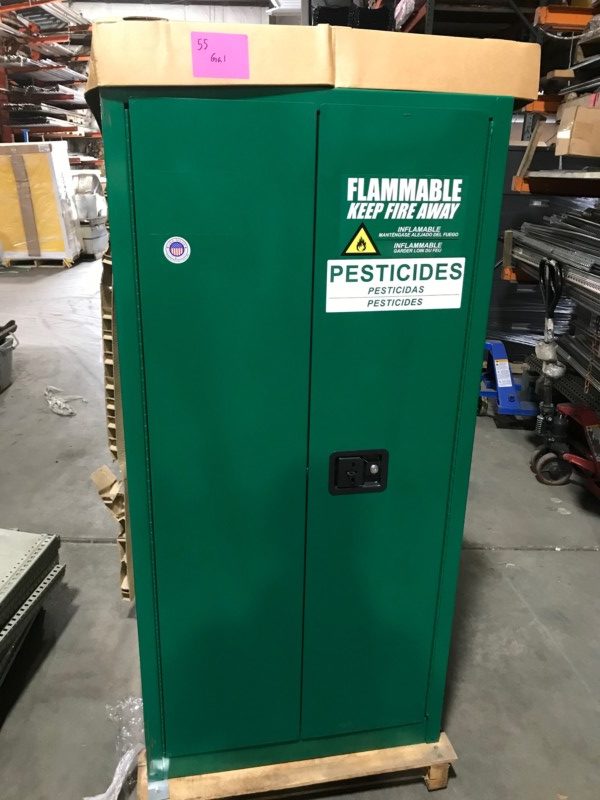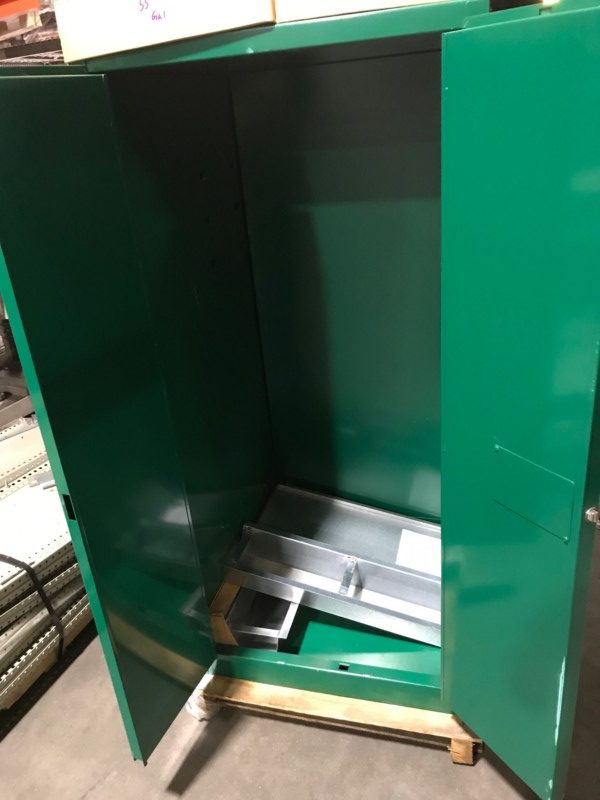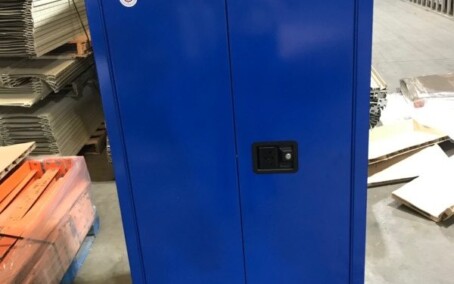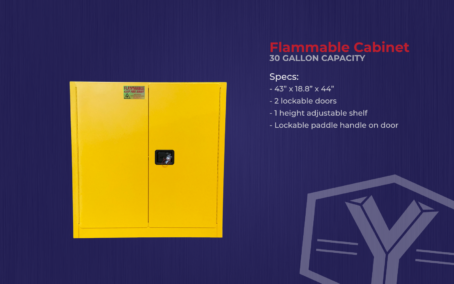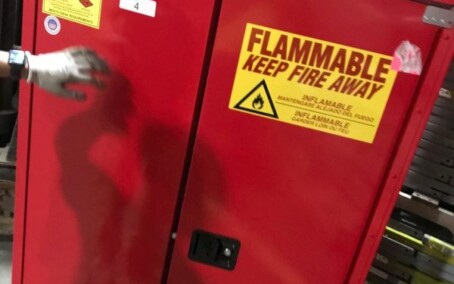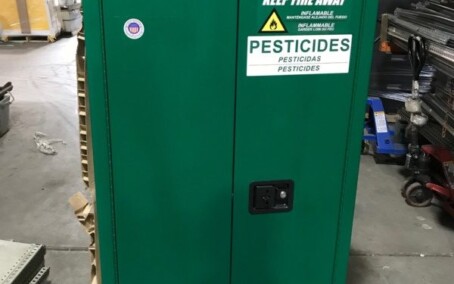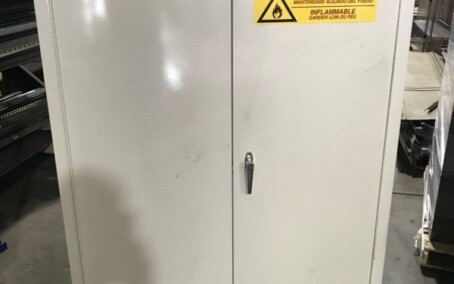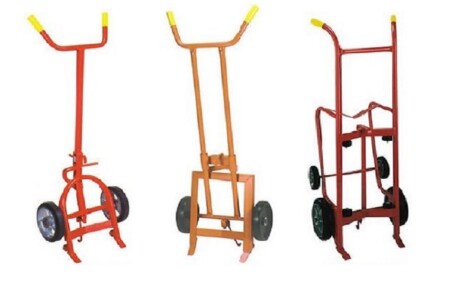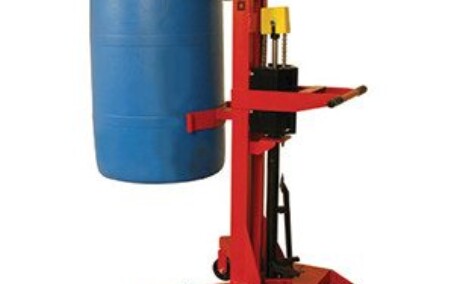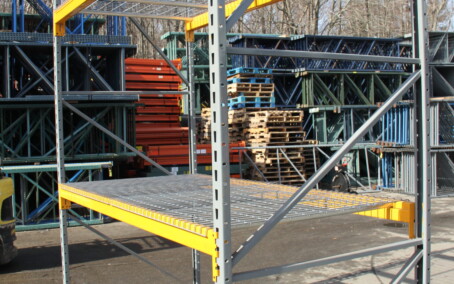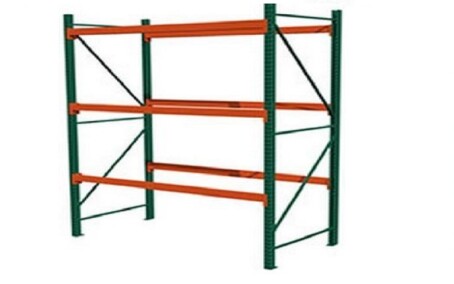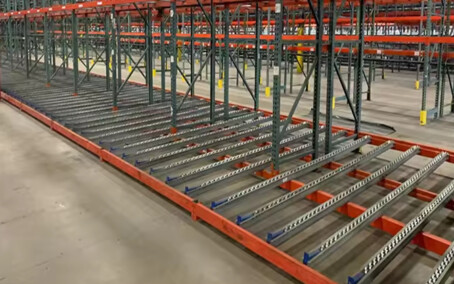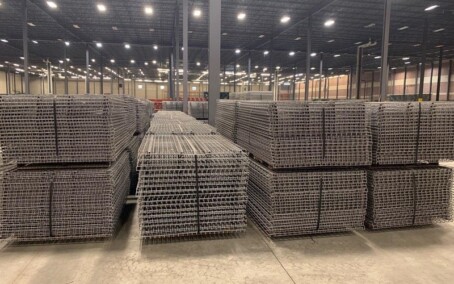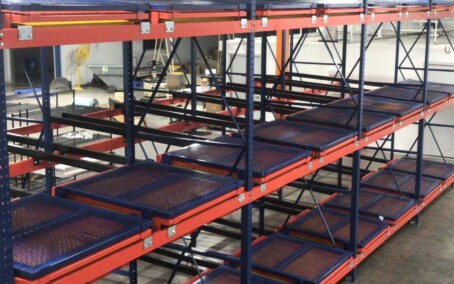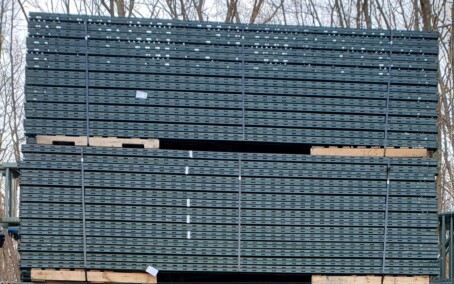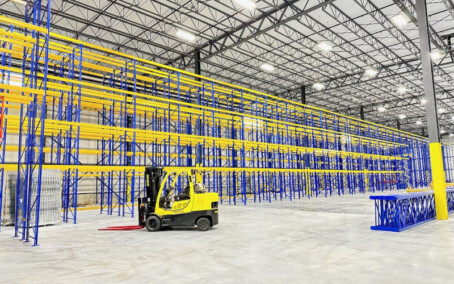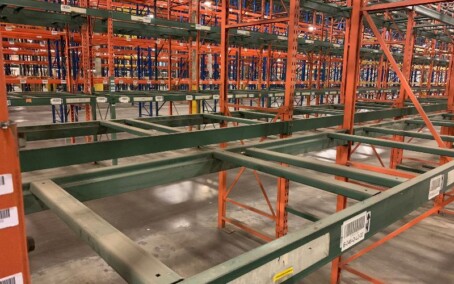The Role of Pesticide Cabinets and Hazmat Lockers
Pesticide cabinets and hazmat lockers are essential for safely storing and handling hazardous materials. Through secure confinement, proper airflow, organization, and safety adherence, these storage units protect employees, the environment, and legal compliance.
Pesticide cabinets have a crucial function in securely storing and managing risky substances, such as pesticides and other harmful elements. Numerous hazardous substances can readily ignite or combust, posing a significant fire hazard. When designing cabinets for the storage of hazardous chemicals, utmost priority is placed on fire safety.
Compliance and Confidence
Pesticide storage cabinets are designed to meet or surpass the regulations and safety standards established by organizations. Constructed from materials resistant to corrosion, spills, and leaks, these cabinets prevent hazardous materials from contaminating the surroundings.
By using compliant hazardous material lockers, businesses can ensure that they meet the necessary regulatory requirements and avoid potential penalties or liabilities.
Fire Prevention and Spill Containment in Pesticide Storage
Several hazardous substances, such as specific insecticides, can ignite easily or are flammable. Pesticide storage units and hazardous materials lockers incorporate fire-prevention features to mitigate the risk of fire-related accidents. They typically include fire-resistant insulation, self-closing mechanisms, and ventilation systems to control heat and fumes.
These attributes hinder fire spread, safeguarding contents and surroundings. Self-closing doors, fire prevention, and ventilation ensure safety. Cabinets’ rising usage assures practical dangerous item storage, prioritizing safety.
Accidental spills or leaks of hazardous materials can pose significant risks to employees, the environment, and property. Hazardous material locker come equipped with spill containment features, aiming to curb the spread of spills and mitigate their consequences. They often include built-in sumps or trays that capture and contain spilled liquids, preventing them from reaching the floor or other surfaces.
This containment feature simplifies cleanup procedures and reduces the risk of exposure or contamination. In case of a spill or leak, the containment systems guarantee the capture of hazardous materials, allowing for safe disposal without environmental harm. Furthermore, proper organization and labeling within pesticide cabinets and hazmat lockers allow businesses to monitor and manage their inventory effectively.
This action helps prevent the storage of expired or unused materials for prolonged durations, thereby decreasing the risk of environmental contamination and generating hazardous waste.
Safeguarding Against Threats
These hazmat lockers provide enhanced security and access control for hazardous materials. Integrating lockable doors or tamper-proof mechanisms is a common practice to limit access solely to authorized personnel. This ensures that only trained and authorized individuals can handle or retrieve hazardous materials, minimizing the risk of misuse, theft, or unauthorized exposure.
Hazmat storage lockers contribute to employee safety and awareness by providing designated storage for hazardous materials. They serve as a visual reminder of the importance of handling hazardous materials properly and following established protocols. Easy material identification and access encourage safe handling, reducing employee accidents and exposure risks.
Safeguarding the Future: Pesticide Cabinets and Hazmat Lockers
In conclusion, pesticide cabinets and hazmat lockers are essential in ensuring the safe storage and handling of hazardous materials. These solutions enhance workplace safety, meeting regulations, aiding segregation, boosting fire safety, containing spills, ensuring security, and promoting employee well-being.
Businesses handling dangerous substances must invest in pesticide cabinets and hazmat lockers for compliance, employee protection, and hazard reduction. Hazmat lockers are a proactive step towards creating a safe and responsible work environment when dealing with hazardous substances.
These solutions provide safety, compliance, risk management, and organization. High-quality cabinets demonstrate safety commitment and responsible hazardous material handling.

